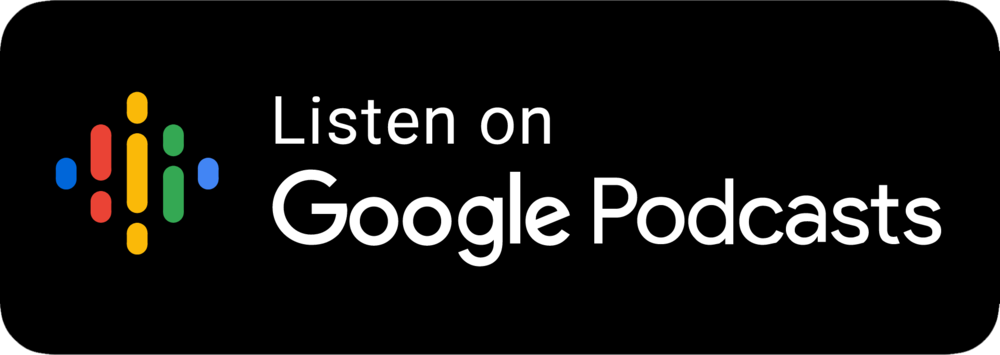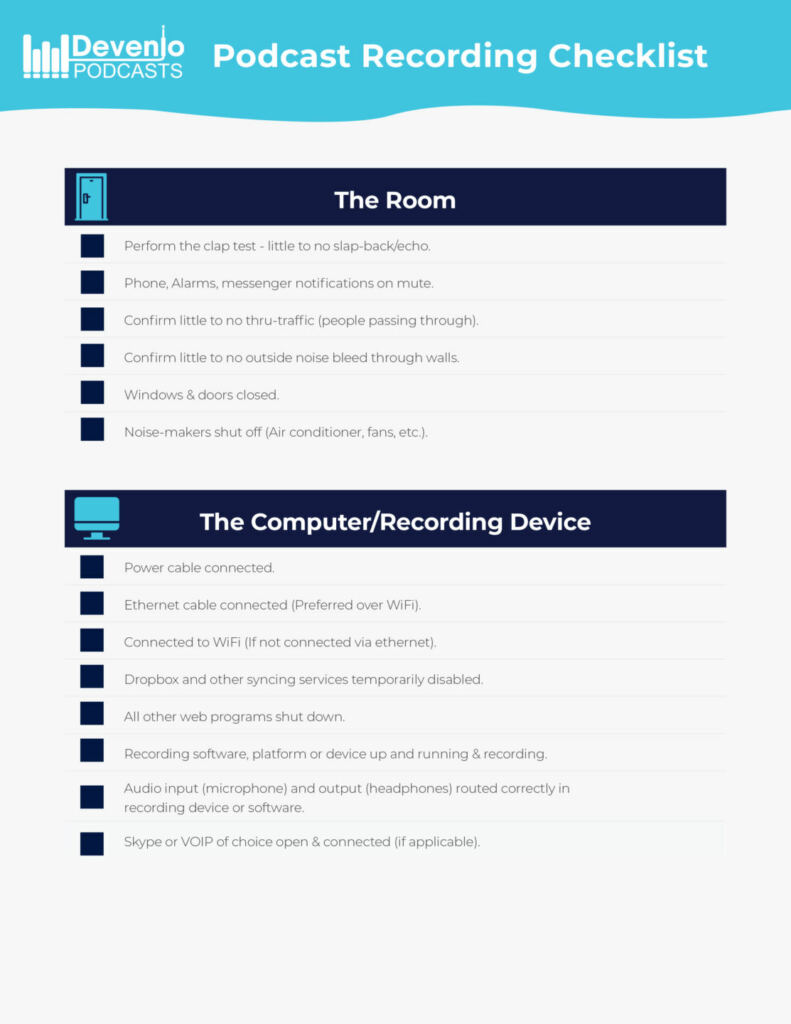Now that you’re onboard the podcast train and have a few episodes under your belt, it’s time to start looking at the podcast analytics your show is generating.
Podcast hosting platforms typically have built-in metrics, and these numbers can tell us a lot about our listeners. This can include, and isn’t limited to, how many people are listening each week (or day), which content resonates best with them – and a whole lot more!
This blog post will help translate what this data and analytics might be telling us about your listeners, your content, and the overall value your podcast provides! In other words…

A Podcast Analytics Disclaimer
Let’s start with a quick preface: while your podcast hosting platform can provide some great insights, it’s important to note that these numbers will never be 100% accurate. Since podcasts are published via RSS feed and distributed through multiple content providers (like Apple, Spotify and Stitcher), there can be some discrepancies when trying to get accurate subscriber numbers or other data. This is because some podcast apps (like Apple) don’t share certain information with hosting platforms.
To compensate for this, hosts/analytics companies use algorithms and equations that help estimate key performance indicators (KPIs), like number of subscribers, by averaging the number of podcast listens you get within the first 24 hours of publishing an episode.
It’s also worth noting that some of the larger content platforms – like Apple and Spotify – can provide more in-depth statistics. But keep in mind that these statistics are only limited to Apple and Spotify users, not your entire podcast audience.
And with that, let’s dive into some of the critical data at your fingertips and the insights they can provide:

1) Average Episode Downloads
One of the first questions a potential advertiser for your podcast will ask is, “how many downloads do you see within 30 days?”
Now, first things first – podcast downloads can be defined differently depending on the hosting platform you use. If you’re unsure, you should ask your hosting provider what qualifies as an episode “download.” For our example use case, we’ll define a download as anyone who has streamed or downloaded an episode to their phone or device.
Episode downloads are typically broken down into three categories:
- Average Downloads Within the First seven Days: The number of people downloading your show within the first seven days can give you an idea about how well it is being received. Listeners who download new episodes within this time frame are often subscribers and receive notifications on their phone when a new episode becomes available – typically your core audience. However, if you’ve had a guest on your show who is co-marketing, you’ll also see an influx of new subscribers within this time frame as they circulate it around their network and social feeds. Don’t be surprised to see subscription numbers increase alongside this number as they tend to be interconnected.
- Average Downloads Within the First 30 days: This data can be a good indicator of whether or not you’re on the right track! The average number of downloads within the first 30 days after an episode has aired is a good indication on how successful your marketing efforts surrounding it were. You’ll most likely be getting a sprinkling of new subscribers in this time frame, another key data point to assess how well you’re marketing your podcast.
- Average Downloads Within the First 90 days: When looking at downloads over three months, you are able to get a better understanding of how binge-worthy your podcast is. As downloads continue to climb, it can indicate that new subscribers who have been recently exposed to your content are now listening through previous episodes! This data can also display how valuable your content really is because it can help you understand what content resonates with your audience based on their listening habits and whether or not your content is truly evergreen!
While each of these categories can be interpreted differently, it’s important to note that there is certainly overlap between each. For example, a loyal subscriber may have skipped an episode and came back to listen months later. It’s difficult to gain a truly holistic view but the important thing is to understand the basic story the data is telling us and to use it as a guidepost when crafting new episodes.
So, how does your podcast compare to others? According to Buzzsprout, if you generate more than 90 downloads within the first 7 days of publishing, you are within the top 25% of all podcasts!

2) Total Number of Subscribers
As mentioned earlier, subscriber numbers are a tough data nut to crack. The number of subscribers your podcast has will be different depending on where you are getting that information from. Your listeners can subscribe via a variety of different platforms. Therefore, each platform will have a different number.
Unfortunately, being that most of these providers don’t share subscriber numbers, there’s still not a way to centralize this data point for podcast producers. As a workaround, hosting platforms and analytics tools use specific equations to estimate your subscriber number.
For example, Transistor.fm, a popular hosting platform, takes the number of downloads an episode gets within the first 24 hours and averages them out against your last three episodes. This will result in your estimated subscriber number. It is an educated guesstimate that makes sense, as most subscribers are being notified on their phone when new episodes are released and are eager to listen – at least within the first 24 hours of release.
As with any equation-based data, the insights can tend to fluctuate up and down. While it might not be 100% accurate, it does give you a good gauge of your engagement rate – as well as the performance of your most recent content.

3) Episode-Specific Downloads
Speaking of episode performance metrics, understanding individual episode downloads is another great way to understand listener engagement and whether the content is resonating with your target audience.
Most podcast hosting platforms will give you number of downloads for each episode, including downloads for that episode within the first 30 days as well as the all-time total number of downloads. They’ll also give you the ability to sort these episodes by the number of downloads, which can help you quickly sort through your best- and worst-performing episodes.
This is pretty self explanatory; but taking a look at these stats helps gauge which content and guests are really resonating with your audience.
We recommend doing quarterly audits – or monthly, if possible – for ongoing podcasts, and post-season analysis for seasonal formats. This allows you to review the content and understand which topics, guests and podcast formats you’ve experimented with resonated with your audience. Then you can replicate for future episodes! You can also uncover topics, guests and formats to avoid in the future based on your worst performing episodes.

4) Podcast Players: Where Your Audience Listens
Another great piece of information is knowing where your audience prefers to listen to your podcast. Your hosting platform should provide a breakdown of all the different podcast players used to listen to your podcast, as well as the number of monthly downloads from each.
As you view these stats over time, you may start to see one or two platforms rise to the top. Apple is one we see often, but Spotify or Google are usually in the picture as well.
The top players for your podcast will give you insight into what your audience generally prefers to use when listening to your podcast. This will help you dictate how you market and position your podcast on the web and social media.
For example, if Apple and Spotify are your top players, you should have subscribe badges easily accessible on your podcast page and social feeds. This will help your audience gain easy access to your show directly on the platform of their choice and effectively lowering the barrier of entry of subscribing to your show!
Bonus Data: Podcast Show Reviews
OK, while listener reviews are technically not “analytics” in the traditional sense, it can provide qualitative, direct feedback from your audience. Collecting and assessing reviews can provide a more realistic, human perspective of how listeners perceive your show.
Pairing these insights with the prior data points mentioned above better positions you to serve listeners with episodes that resonate with them and provide value. Not to mention, by doing this you’re diving directly into the spirit of what podcasting is all about in the first place – engaging in conversations with your audience.

Conclusion
While podcast analytics should always be analyzed with a grain of salt, it’s no question that they can paint a pretty powerful picture of how your podcast is performing.
As Peter Drucker famously said, “You can’t improve what you don’t measure,” and staying on top of your show’s analytics is the best way to figure out what’s working, what’s not, and how to improve your podcast for your audience.
With these new insights into your podcast, you can empower your team to adjust your show’s content, format and marketing strategies to better align with your core audience, ultimately taking the growth of your podcast…







